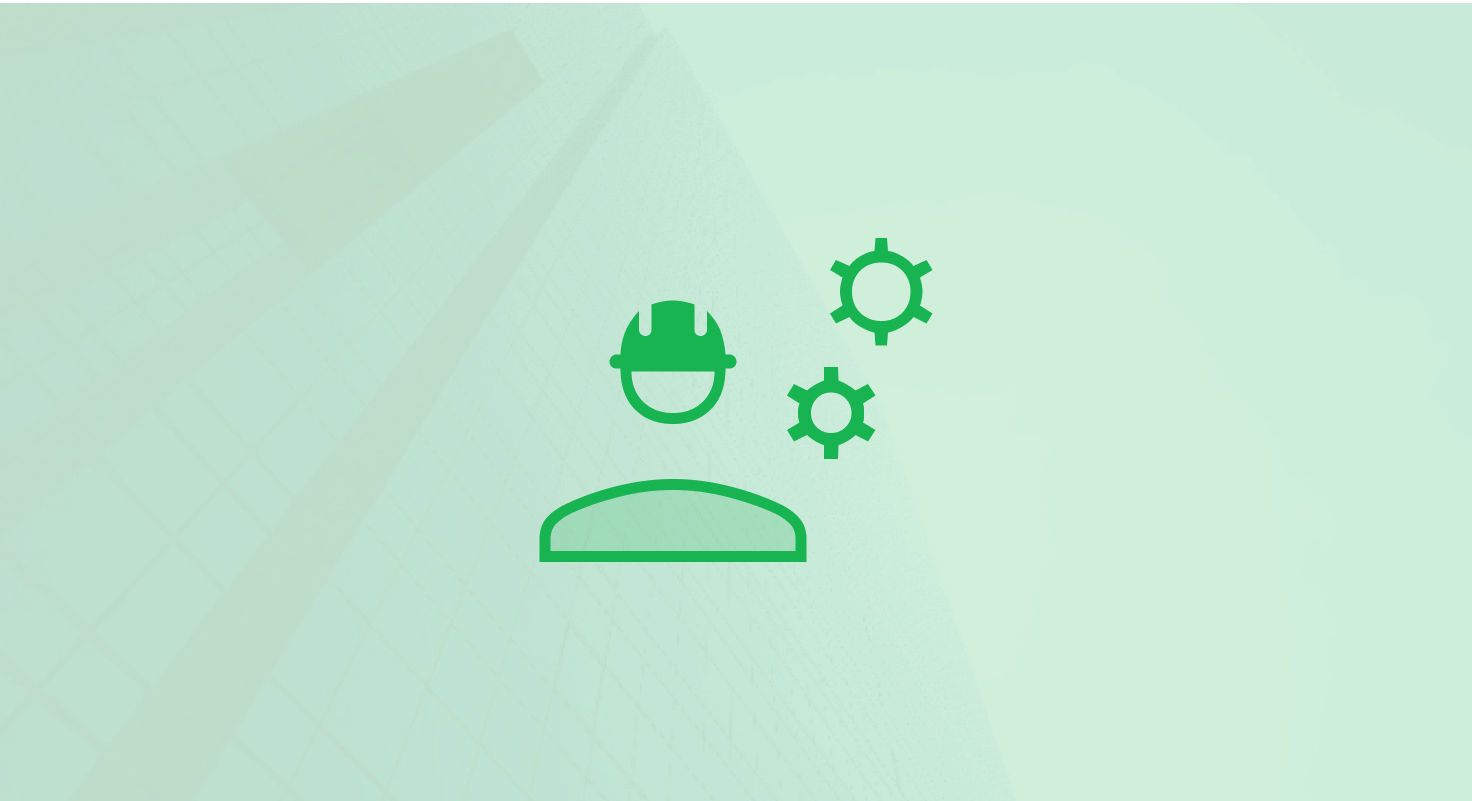Table of Contents
When it comes to sales, there’s always been a funnel. The traditional sales funnel, which focuses on attracting prospects and closing sales, is represented by a vertical funnel shape. But, as it turns out, that may not be the best way to think about things.
TL;DR: Why the Bowtie Model Actually Works
-
Rethinks the funnel by prioritizing post-sale stages like retention and expansion
-
Helps spot churn risks, bottlenecks, and upsell opportunities before it’s too late
-
Boosts revenue by tracking the full journey, not just the first purchase
-
Turns customer data into action: renewals, referrals, and predictive growth
-
Lays the foundation for smarter RevOps strategy and CRM optimization
What is the Bowtie Model, and how does it redefine the traditional sales funnel?

So wait, have we been doing it all wrong this entire time?
Well, kind of.
The Bowtie Model, introduced by Winning By Design, is a customer-centric approach that emphasizes the importance of customer success and retention in driving sustainable growth and recurring revenue for businesses.
This model presents a new perspective by laying the funnel on its side and adding an adjoining funnel as a mirror image. This modified structure illustrates the holistic customer journey and the significance of various service components beyond the initial sale.
The left side of the bowtie represents the nurturing loop, which focuses on customer success, development, and accounting. On the right side of the bowtie, the growth loop emphasizes the expansion of the customer relationship.
What are the benefits of tracking post-customer stages using the Bowtie Model?
Provides a Comprehensive View
The Bowtie Model provides a holistic view of the customer lifecycle, including both pre- and post-acquisition stages. By tracking the entire journey, businesses gain insights into the different touchpoints and interactions that influence customer behavior (e.g. onboarding, adoption, expansion, and retention), allowing them to optimize each stage accordingly.
Customer Retention
One of the key objectives of a recurring revenue business is to retain customers over the long term. Understanding what keeps customers coming back allows you to develop effective retention strategies and build long-term relationships with your customers.
By tracking post-customer stages, businesses can identify potential drop-off points and implement strategies to improve retention rates and foster loyalty. This includes monitoring customer satisfaction, addressing any pain points, and delivering ongoing value to keep customers engaged. Effective onboarding ensures that customers start on the right foot, driving adoption and long-term success from the very beginning.
Learn more about HubSpot onboarding.
Churn Prevention
When these additional stages are considered, you can identify potential points of attrition or churn (e.g. decreasing product usage, declining engagement) and take proactive measures to address them. For example, if you notice a significant drop-off in engagement after a certain milestone, you can implement strategies to improve customer satisfaction and reduce churn. This helps in safeguarding your recurring revenue streams.
Upsell and Cross-Sell Opportunities
By analyzing customer behavior and preferences at each stage, the bowtie model helps identify opportunities for upselling and cross-selling to existing customers and enables you to determine when and how to present relevant offers or upgrades, and understand the needs and preferences of customers, ultimately offering relevant products or services that complement their existing purchases. This leads to increased customer lifetime value and revenue generation.
Referral Generation and Advocacy
Satisfied customers are more likely to refer others to a business and become advocates for its products or services. By tracking post-customer stages, businesses can identify customers who are highly engaged and likely to recommend their offerings. This information can be leveraged to implement referral programs and nurture customer advocacy (i.e. brand ambassadors), leading to organic growth and increased customer acquisition.
Iterative Improvement
The Bowtie Model facilitates continuous improvement by providing insights into the effectiveness of various strategies and initiatives at each stage of the customer journey and helping businesses identify areas of improvement, test different approaches, and refine their sales and marketing efforts to optimize customer acquisition, retention, and overall revenue generation.
Identifying Bottlenecks
Mapping out the customer journey and identifying potential bottlenecks or areas for improvement in your processes is key. By analyzing the transitions between stages, you can identify areas where customers face challenges or experience friction. Addressing these challenges often requires in-depth technical consulting to resolve complex issues and fine-tune your HubSpot setup. Discover our HubSpot technical consulting services. This insight helps you streamline processes, enhance the customer experience, and increase overall operational efficiency. Integrating your systems is essential for a seamless customer journey, helping eliminate friction and inefficiencies.
Explore HubSpot integrations.
Customer Success Optimization
When you measure the effectiveness of your customer success initiatives, you can evaluate whether your onboarding processes, support systems, and engagement strategies are effectively driving customer satisfaction and recurring revenue.
Renewals and Subscription Models
If your business operates on a recurring revenue model, tracking the post-customer stage is particularly important. It enables you to monitor subscription renewals, identify patterns in customer behavior, and intervene if necessary to prevent churn. By understanding the factors that contribute to customer churn, you can proactively address issues, optimize your subscription model, and retain customers for longer periods. If you’re looking to migrate from another system to HubSpot, a smooth transition is crucial to maintain customer satisfaction and data integrity.
Find out about our HubSpot migration services.
Customer Lifetime Value
The Bowtie Model helps you understand the various touchpoints and factors that influence customer lifetime value, such as renewals, upsells, cross-sells, and referrals. By identifying the key drivers, you can nurture strong and lasting relationships, leading to increased recurring revenue.
Predictive Analytics
By tracking post-customer stages over time, you can gather valuable data for predictive analytics. This data can be used to build models that forecast customer behavior, churn likelihood, and revenue projections. Predictive analytics empowers you to make data-driven decisions, allocate resources effectively, and develop targeted marketing campaigns.
Data-Driven Decision Making
The Bowtie Model provides a framework for capturing and analyzing data related to post-customer stages. By leveraging this data, you can make informed decisions about resource allocation, process improvements, and strategic initiatives.
How does implementing the Bowtie Model lead to sustainable revenue growth and RevOps alignment?
Implementing the Bowtie Model to track post-customer stages in your business can provide significant benefits and drive sustainable growth. By focusing on the customer journey beyond the initial purchase, you gain valuable insights and opportunities to enhance customer satisfaction, loyalty, and ultimately, recurring revenue.
In addition, the Bowtie Model's comprehensive approach lays the groundwork for strategic initiatives, including Revops implementation. This ensures that your organization is not only responsive to customer needs but also well-equipped to optimize operational efficiency, refine sales and marketing efforts, and make informed decisions for long-term success.
Want to learn the blueprint to optimizing revenue?
Download our whitepaper on the 4 levers of revenue growth





